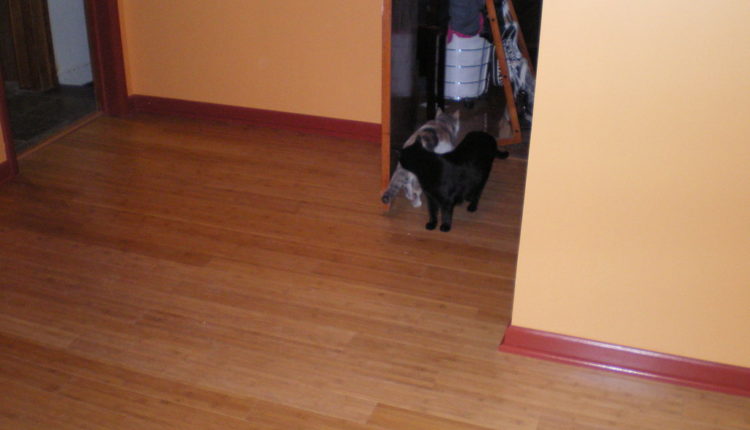If you are about to buy a new floor for your home or office, you are probably looking to get the best option you can buy without having to go bankrupt, but don’t make a mistake by thinking short term. To help you make the right decision, we have created this brief bamboo vs laminate flooring comparison.
Laminate flooring is designed to cover the floor, similar in appearance to wood but cheaper, easier to lay, and with a more significant variation in colors and designs. The plates that make up the laminate flooring are formed by multiple layers, highlighting the top layer that becomes the floor’s surface once it is installed and needs to have a high resistance to use and, above all, to wear.
One of its advantages is that its smooth and uniform surface obtained on the floor covered with the so-called laminate flooring is perfect for almost immediate cleaning, either with a mop, broom, or vacuum cleaner.
In addition, it should be noted that its texture prevents the accumulation of dust, skin flakes that are naturally shed from our body, and the hair that periodically fall off the scalp; so for homes with allergic people is an appropriate floor, as well as for those homes where the rush and speed in doing the cleaning are a constant.
In addition, it is an effortless floor to lay if compared to its close opponent, the parquet, because the pieces of laminate flooring are perfectly defined and fit together perfectly. The process that takes the longest time is the previous actions, which means the preparation of the floor to be covered by laminate flooring. The inconvenience comes when necessary; it is required to change any piece because removing and placing another can spoil those next to it and become a significant problem.
One of its significant disadvantages is its low tolerance to furniture slipping on it. With any friction, it tends to scratch, and with a bit of edge, it can be cut to such a degree that the piece of laminate flooring ends up destroyed. If the stain or scratch does not reach such a degree, the laminate flooring already looks neglected and aged.
On the other hand, a bamboo floor is a natural surface with most of the properties of a solid wood floor, similar in hardness to lapacho in some types and others similar to oak, depending on the style. Bamboo products are made from natural vegetation. The bamboo plant is a highly renewable source capable of reaching maturity in as little as 3 to 7 years. This is much faster than hardwood trees that can take up to twenty years or more to reach maturity.
It also grows in natural, non-forested areas, and its extraction is done by hand, selecting the mature plants, which grow back from the same stalk, work done in general by small communities that then work the material, giving labor and roots to populations that have been doing this work for decades.
Certain types of bamboo are solid, rugged, and durable. Natural, non-carbonized bamboo that has been properly harvested and manufactured has the hardness of oak. Strand woven, they are as hard as what we know locally as lapacho and curupay.
The durability of the flooring is directly associated with a responsible form of consumption, as it is a material for many years of use. In addition, this material is more resistant to damage caused by accident with water and stains from other materials than wood floors since they are less porous. However, water is always a problem with wood floors.



Comments are closed.